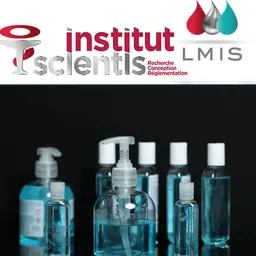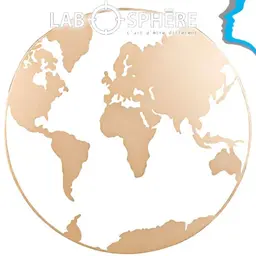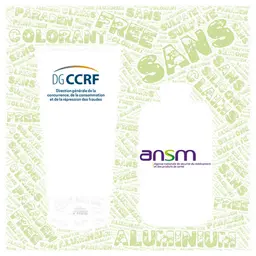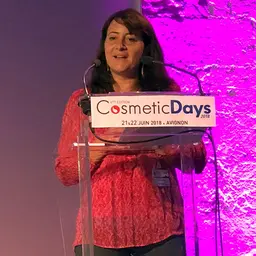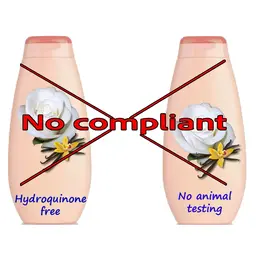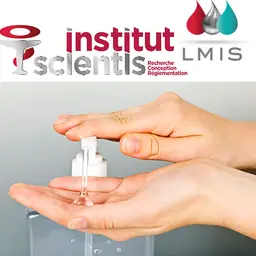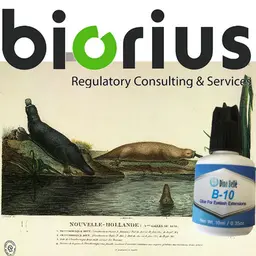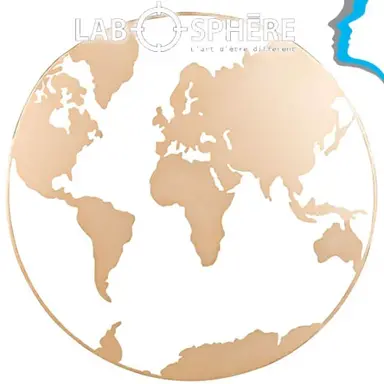
When we develop a cosmetic product, we think about galenics, texture, technical constraints, efficiency… but not only that! The formulator must also take into account the regulatory constraints imposed by the European Cosmetics Regulation in force and those of the areas where the developed product is marketed. Estelle Dehier, from Labosphère, offers here a small international overview of the most recent various regulatory alerts to reinforce your vigilance.
Europe
Products
Imitation food products: French ANSES calls for vigilance
In September 2020, French ANSES called for increased vigilance for cosmetics that imitate food. Misuse accidents that have occurred due to the ingestion of hydro-alcoholic gels presented, for example, in the form of drinking gourds, can be reported here.
The Borderline Product Manual is still under revision
• How can you be sure that the product you are developing is really a cosmetic product? A few examples.
• Beware of articles releasing an antimicrobial substance (e.g. silver), as they may be considered biocides.
• Beware of intimate hygiene “comfort” products as they may not be considered as cosmetics. However, it is still necessary to have the right definition and interpretation of the word “comfort”.
• Beware of leg care products because some claims may change their status.
• Hydroalcoholic products also pose a problem of “status”, especially unrinsed gels. What is their function? If the initial function is not well established, there may be confusion on the market.
REACH Regulation / New CLP Amendment
It is necessary to find out about the substances and anticipate their conditions of use (or their prohibition) in products under development. It is also necessary …



